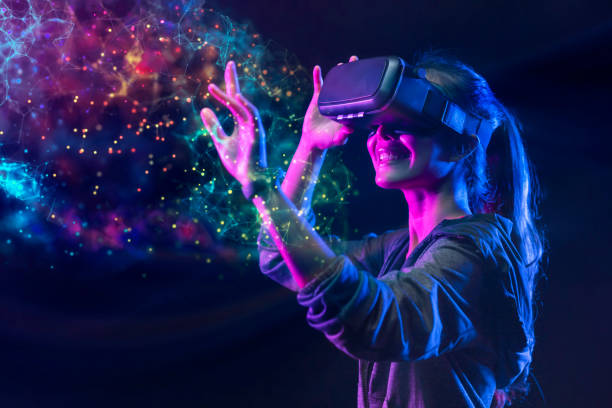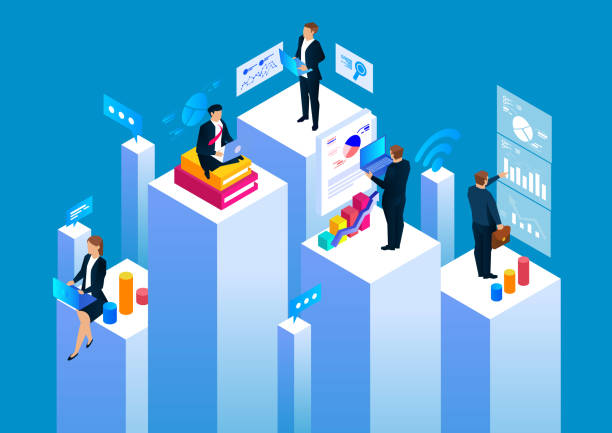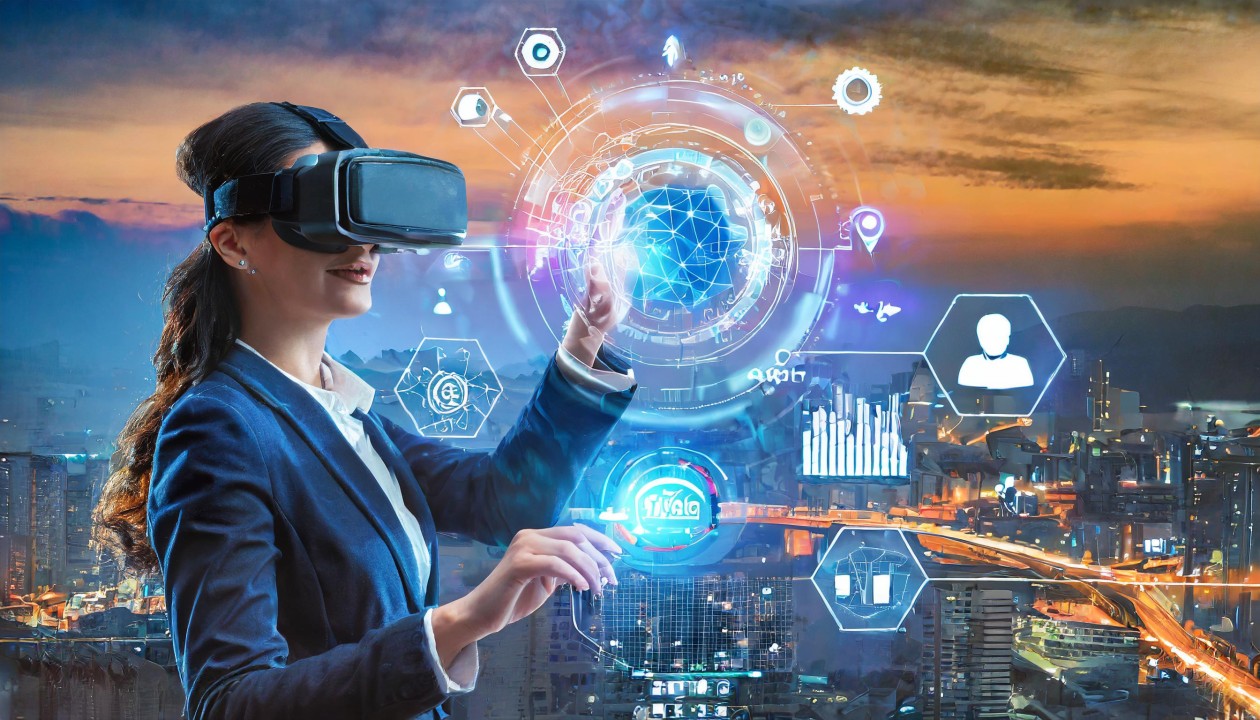1: Introduction to 3D Modeling for AR/VR
1.1 Overview of 3D Modeling
1.1.1 What is 3D modeling and its relevance in AR/VR?
1.1.2 Understanding the role of 3D assets in AR and VR experiences
1.2 Key Differences Between AR/VR Modeling
1.2.1 Hardware considerations and performance constraints
1.2.2 Real-world integration for AR vs. fully immersive VR(Ref: Virtual Reality Storytelling & Experience Design)
1.3 Introduction to Common 3D Modeling Software
1.3.1 Overview of Blender, Maya, and 3ds Max
1.3.2 Navigating the software interface
2: Basics of 3D Modeling
2.1 Understanding 3D Space and Geometry
2.1.1 Vertices, edges, and polygons explained
2.1.2 Basic geometry and object creation in modeling software
2.2 Modeling Simple Shapes
2.2.1 Creating basic forms (cubes, spheres, etc.)
2.2.2 Manipulating geometry to form complex shapes
2.3 Working with Reference Images
2.3.1 Using blueprints and images to guide your modeling
3: Advanced Modeling Techniques
3.1 Subdivision Modeling
3.1.1 Adding detail and smoothing models
3.1.2 Creating high-quality surfaces
3.2 Sculpting and High-Poly Modeling
3.2.1 Sculpting techniques for intricate details
3.2.2 When and why to use high-poly models in AR/VR
3.3 Modeling Organic Shapes vs. Hard Surface Modeling
3.3.1 Differences and use cases in AR/VR
4: UV Mapping and Texturing for AR/VR
4.1 Introduction to UV Unwrapping
4.1.1 What is UV mapping, and why is it important?
4.1.2 Basic UV unwrapping techniques for AR/VR
4.2 Texturing 3D Models
4.2.1 Applying textures to models
4.2.2 Tools for texturing: Substance Painter, Photoshop, etc.
4.3 Material Creation
4.3.1 Using materials to create realistic or stylized effects
4.3.2 Optimizing textures for AR/VR environments
5: Optimizing 3D Models for AR/VR
5.1 Performance Considerations for AR/VR
5.1.1 Reducing polycount without sacrificing quality
5.1.2 Level of Detail (LOD) modeling
5.2 Optimizing Textures and Materials
5.2.1 Managing texture sizes for AR/VR devices
5.2.2 Efficient use of normal maps, bump maps, and other techniques
5.3 Real-Time Rendering Requirements for AR/VR
5.3.1 Ensuring your models run smoothly in real-time applications
6: Rigging and Animating 3D Models
6.1 Introduction to Rigging for AR/VR
6.1.1 What is rigging, and how is it used?
6.1.2 Creating simple skeletons for character models
6.2 Basic Animation for AR/VR
6.2.1 Animating objects and characters
6.2.2 Tools and techniques for adding dynamic motion
6.3 Real-Time Animation in AR/VR Environments
6.3.1 Integrating animations into AR/VR applications
7: Exporting and Importing 3D Models for AR/VR Platforms
7.1 File Formats for AR/VR
7.1.1 Best formats for exporting models (FBX, OBJ, GLTF, etc.)
7.1.2 Exporting and importing 3D models into AR/VR development platforms (Unity, Unreal)
7.2 Testing Models in AR/VR
7.2.1 Previewing models in AR/VR environments
7.2.2 Adjusting models for platform-specific needs
8: Final Project and Review
8.1 Creating a Final 3D Model for AR/VR
8.1.1 Combining modeling, texturing, and animation techniques
8.1.2 Optimizing your final project for performance
8.2 Presenting the Final Project
8.2.1 Peer review and feedback
8.3 Future of 3D Modeling in AR/VR
8.3.1 Emerging tools and technologies







Reviews
There are no reviews yet.